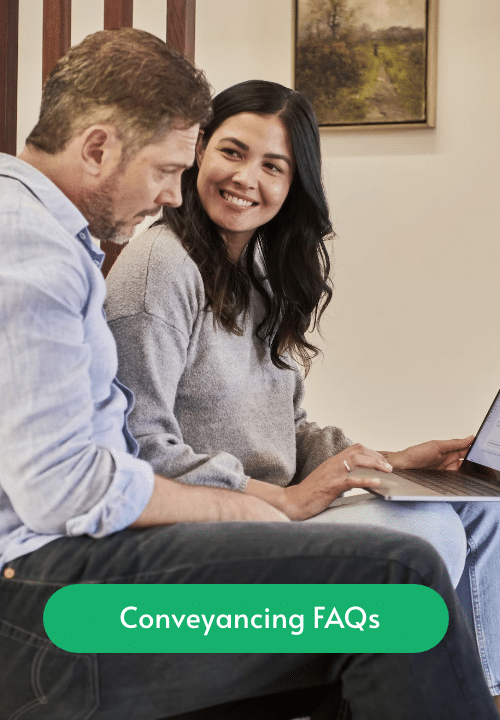No matter if you are a first time buyer or an experienced property investor. Purchasing property is without doubt one of the biggest things you will do in life. Establishing a reliable specialised network of professionals will be extremely beneficial to you as a purchaser.
Such professionals to include in your network include:
- Licensed Conveyancer
- Real Estate Agent/Buyer’s Agent
- Pest & Building Inspectors
- Mortgage Broker
- Now you are prepared to begin searching for your ideal property.
Step 1: Pre-purchase Due Diligence
Once you have identified a property that meets your criteria and before an offer is submitted to the Vendor’s Agent, it is extremely important that the appropriate due diligence is carried out. Ask your Conveyancer to review the Contract of Sale (Bliss Conveyancing will review any contract at no charge). Reviewing the Contract of Sale will enable changes to clauses within the Contract i.e. the deposit amount, the settlement period or negotiate with the Vendor’s Conveyancer to have clauses added/removed.
It is a significant advantage to have unconditional loan approval from your financial lender. This is a result of meeting the lending criteria established by the lending institution and will identify amount of money the lender is prepared to lend you.
A pest inspection report will identify any previous pest activity that occurred within the property. A building report will highlight any structural issues the property may have or may arise in the near future. At Bliss Conveyancing we encourage all of our clients to ensure the plumbing and electrical resources also be inspected as these areas are generally not included in the building report.
If it is a strata property being considered for purchase, a strata report should also be obtained. This will recognise the owner’s corporation financial and operational issues including; quarterly levies, any special levies (if applicable), minutes from previous owner’s corporation meetings and ongoing maintenance activity.
Step 2: Exchange of Contracts, Stamp Duty & the Cooling-Off Period
If the Vendor accepts your offer, contracts will be signed and the deposit will be required (generally 10 % of the purchase price). Bank cheque, Electronic Transfers of cash or deposit bonds are common methods used to pay the deposit. After this, contracts will be exchanged and the cooling off period begins.
In NSW, a cooling-off period of 5 business days typically applies. During this time, you can withdraw your offer and opt out of the transaction. If you do however, you must pay the vendor 0.25% of the purchase price (or $250 for every $100,000).
Be especially aware that some contracts may include a Section 66W Certificate. This means the Certificate, once signed by your Conveyancer, will waive the cooling off period. There is also no cooling off period if a residential property is purchased at auction. This is why you need knowledgeable professionals in your corner. Your Conveyancer will inform you and review any Contracts of Sale.
Stamp Duty is also payable. This will be required before settlement or within 3 months of exchange of contracts, whichever occurs first. Your Conveyancer will ensure this happens. The Revenue NSW website has a Stamp Duty Calculator if it interests you.
Step 3: Settlement
This is the conclusion of the purchasing process where the title of the property is officially transferred to the new owner and the keys are finally handed over with the outstanding balance on the purchase price to be paid at this time too. You are not required to attend the settlement, the Purchaser and Vendor’s Conveyancers will be in attendance as well as the discharging and incoming of mortgages.
An exciting new aspect for settlement is the electronic settlement process which will become mandatory for all conveyancing matters on the 1 July 2019.
Contact us today for a no-obligation complimentary initial consultation.



